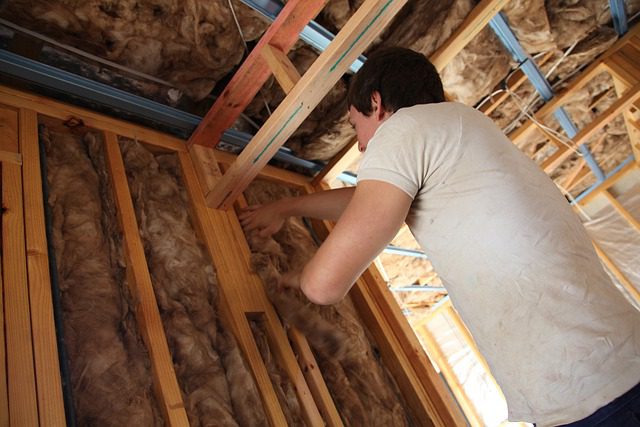Follow These 9 Steps When Looking for the Right HVAC Contractor

Finding the right heating and cooling contractor for your home should involve a lot more than closing your eyes and poking your finger into the Yellow Pages (that is, if the Yellow Pages still exist!). Seriously, the work that your home’s central heating and cooling systems does in your home plays an essential role in its comfort, energy efficiency, safety and budget. That being the case, it’s important to follow a series of steps when securing a contractor to fix, maintain or install an HVAC system in a home.
The following are nine steps to take when seeking the right heating and cooling contractor for your residence.
How to Find the Right HVAC Contractor
Do your research: Become familiar with the insurance and licensing requirements for HVAC contractors in Ohio, then make sure your chosen contractor is up to speed on those things. Before phoning a contractor, take notes on the models of the cooling and heating equipment that you currently have along with their maintenance history. Remember to tell the contractor about any specific problems you’re having with your HVAC system, including hard-to-heat or cool rooms.
Make use of referrals: Check in with your own personal network of amateur experts – meaning any of your neighbors, coworkers, extended family members and acquaintances who have had work done recently on their heating and cooling systems. They can provide recommendations, both for who’s best to call and who you shouldn’t call anytime, ever.
Contact references: Don’t be shy about requesting customer references from a contractor. They should be happy to provide you with references, whom you can then ask about the contractor’s work. Questions can cover quality of the work, its cost, the professionalism of the technicians and customer support, and how long the work took to start and complete.
Obtain an itemized, written estimate for the work (or estimates if you’re getting bids): This way you’ll know exactly what you’re getting for your money and can compare the completed job with what was promised. When considering more than one bid for a job, the estimates will allow you to easily compare apples and apples rather than apples and oranges. And remember, the lowest cost won’t necessarily be the best bid, since it might call for equipment that’s less than energy efficient. In other words, what’s the cheapest to purchase and install might end up costing a fortune down the road in energy bills.
Get it in writing: Make sure you sign a written proposal from the contractor before they start an installation or major repair. This will protect you against costly changes in details of the work as the project progresses. It should also lay out clearly what warranties and guarantees come with the equipment and work.
Look for special offers and discounts: You’ll be spending a tidy sum on any HVAC installation or major repair, so it doesn’t hurt to look for discounts and special offers. For example, see if any rebates are being offered on energy-efficient Energy Star-rated cooling and heating equipment. Which brings us to…
Insist on Energy Star: Heating and cooling (and other) appliances that sport the Energy Star rating have satisfied rigid energy efficiency standards set by the federal Environmental Protection Agency (EPA), promising long-term savings on energy bills. If a product has the Energy Star, you can be confident that its performance has not been sacrificed for energy efficiency. Ask the contractor to show how much you can save by holding out for Energy Star-rated equipment and systems.
Get a home evaluation/analysis: For an HVAC system installation, the contractor should be willing to spend ample time inspecting your existing heating and cooling system, as well as your home, to get a solid feel for what you need. This is especially the case with sizing a new system. When it comes to heating and cooling systems, bigger is not always better, and sometimes it’s decidedly worse for both efficiency and effectiveness. A quality contractor also will look at the systems that connect to your furnace, AC or heat pump – foremost the network of ducts and registers that deliver conditioned air to every room in your home. They should check airflow, too, to ensure that it satisfies the specs set by the manufacturer of the equipment.
Pay It Forward: If you’re satisfied with an installation or repair, don’t keep it a secret. Reward your quality contractor by telling friends and neighbors about your satisfaction with their work. And don’t forget to put in a plug for the Energy Star program. There’s no other factor when it comes to residential heating and cooling that provides more confidence in the equipment than the Energy Star seal of approval.
